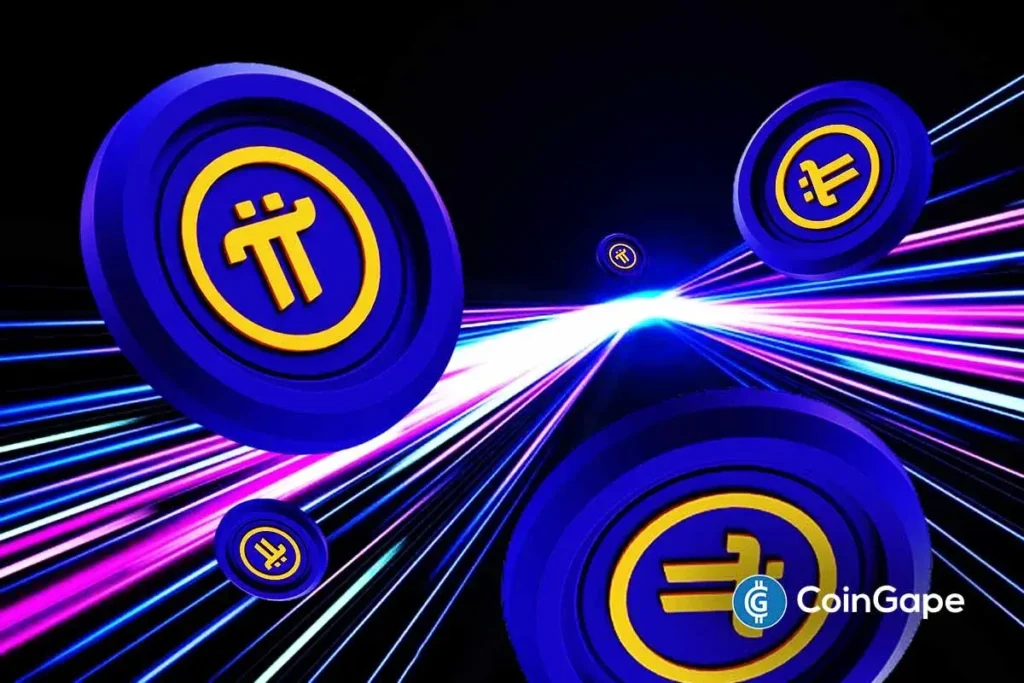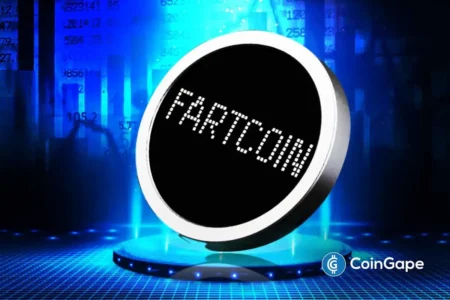The Future of Pi Network: Analyzing Reactions to the Pi Network App Studio
The recent introduction of the Pi Network App Studio has sparked diverse reactions within the Pi community, illustrating both enthusiasm and skepticism. This platform aims to simplify the creation and monetization of Web3 apps using Pi, making blockchain technology more accessible to non-developers. However, some users are expressing disappointment due to its current limitations and the slow rollout of advanced features.
Community Concerns Over Beta Release
Despite the excitement generated by the Pi App Studio, many community members are voicing their dissatisfaction with its beta version. Pioneers within the ecosystem have highlighted slow updates and a lack of essential functionalities. Prominent community figure Woody Lightyear recently articulated the need for enhanced capabilities, stating, “I need Pi App studio to leave beta… We need to be able to edit our customized apps, not chatbots.” This sentiment echoes a broader concern that users may perceive the project as a distraction from the Pi Core Team’s inability to deliver on previous commitments.
The Promise of Pi Network Studio
The Pi Network Studio represents a significant advancement in decentralized applications (dApps), allowing users to conceptualize and produce their apps without extensive technical expertise. Accessible via the Pi Browser or main app, the platform empowers users to construct dApps by articulating their ideas in simple language. Notably, built-in AI handles both the front-end and back-end development processes. This method aims to eliminate traditional barriers associated with coding and more complex app creation, positioning the Pi Network as a potential “App Store of Web3.”
Features and Monetization Opportunities
With the launch of Pi App Studio, the Pi Network opens the door for users to develop decentralized applications easily. The platform provides an array of features, including AI chatbots for enhancing user interactions. Moreover, investors can monetize their efforts on the platform through various means. By staking Pi, users can improve the visibility of their apps, earn revenue through advertisements, and acquire branded .pi domain names. This holistic approach allows for real-time updates and cloud deployments that cater to community needs, likening the studio’s functionalities to renowned platforms like TikTok and Shopify.
Market Performance of Pi Coin
While developments within the Pi Network are underway, the value of Pi Coin has remained relatively stable, trading between $0.43 and $0.45. However, a recent decline of over 8% in the past week and a more significant drop of about 27% over the past month have raised concerns among investors. Increased trading activity, with a notable 40% rise in volume to approximately $83.8 million, suggests that community engagement is still strong. Yet, fears persist that substantial unlocks scheduled for July may exert additional sell-off pressure on the coin’s price.
Navigating Challenges Ahead
Despite the mixed responses to the Pi App Studio, it represents a crucial step in enhancing the Pi ecosystem. However, it is essential for the Pi Core Team to address the concerns raised by early adopters. Feedback from the community is vital for future upgrades and feature enhancements. As the landscape of decentralized applications continues to evolve, user input will be key to ensuring that the platform meets expectations and drives innovation.
Conclusion: A Step Towards Decentralization
In summary, the Pi Network App Studio has created a buzz within the crypto community, offering an innovative way to build and monetize dApps. While early reactions reveal both excitement and apprehension, the project aims to democratize access to blockchain technology. As the team navigates the challenges of evolving from beta to a fully functional platform, community engagement and constructive feedback will be essential. The future of Pi Network hinges on its ability to adapt and expand, potentially transforming how people perceive and utilize decentralized applications.
By focusing on these developments, investors and users can keep abreast of the evolving landscape, determining their place within this burgeoning realm of digital innovation.

















